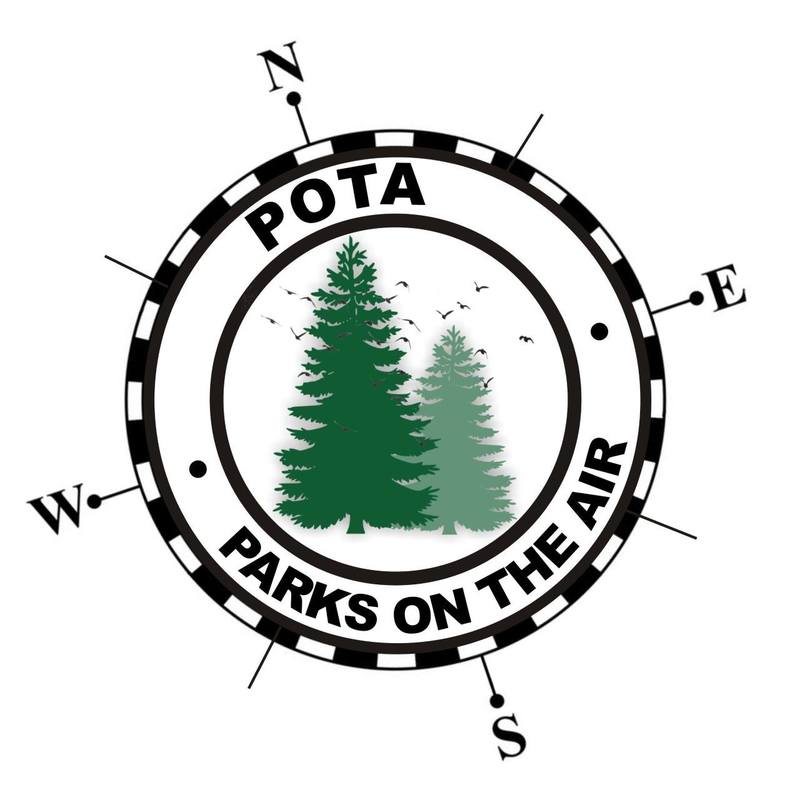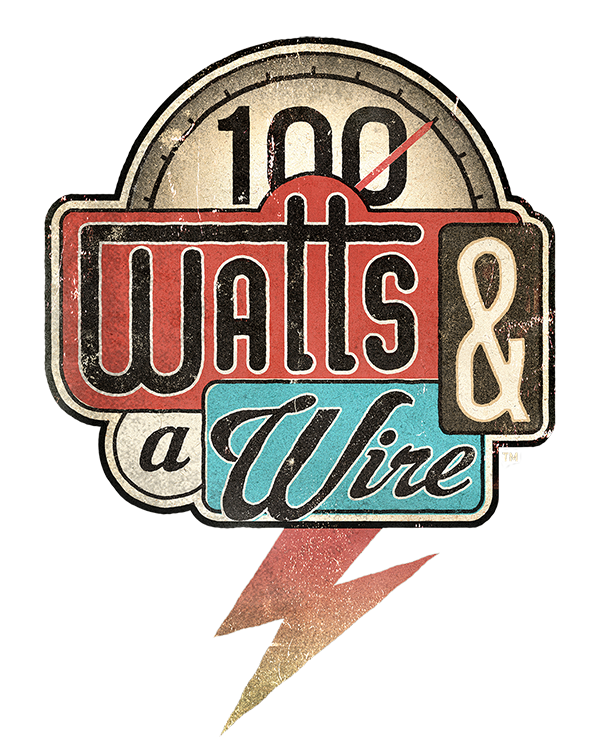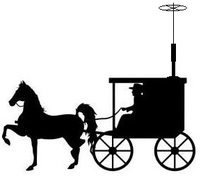GMRS (FCC Part 95 Subpart A) is a radio service intended primarily for family communications (although there are some older businesses grandfathered in.) In case you don't know about GMRS, it is basically a service where you are required to be licensed, but the only stipulations for getting the license are having about $60 available to mail to the FCC, being a person (not a business, government, or representative of one), and being 18. Once you've done that, you, and anyone you're related too, can use your license.
GMRS is very similar to the little blister-pack radios you can buy at the chain stores. Those radio's are normally part of the Family Radio Service, or FRS. There are some shared frequencies between FRS and GMRS but power levels and allowable antenna types vary. The biggest difference is, that you can use more power, larger antenna's, setup and use repeaters, etc. with GMRS. There are a limited number of frequencies (specific channels) that you can use, but that shouldn't be a hurdle. There are even commercial UHF mobile and HT radios out there that are type accepted for the GMRS service, so if you can get your hands on them, you can actaully put together a decent little station.
|
So why am I writing about GMRS? Because of my daughter! She has been expressing a lot of interest in my ham radio activities, so I decided that setting up a couple GMRS radio's would be a good way for her to be able to "practice" for the big show! The idea was to put 1 radio in the house, and 1 in my car, so that when I'm around town, we can chat, without the need for me to be standing over her shoulder. With that thought in mind, this saga began around christmas time - and what a saga it turned out to be...
|
Who can use the GMRS license? Pretty much anyone who would show up at your family reunion.....
(1) Licensee; (2) Licensee's spouse; (3) Licensee's children, grandchildren, stepchildren; (4) Licensee's parents, grandparents, stepparents; (5) Licensee's brothers, sisters; (6) Licensee's aunts, uncles, nieces, nephews; and (7) Licensee's in-laws. |
- The programming manual (or you can just sort of figure it out as you go)
- The KPG25D programming software
- This is DOS software, so another catch is that you either need to get your hands on an old computer, or use a DOS emulator - I used DosBox
- A USB to serial converter cable (if your computer doesn't have a serial port)
- The Kenwood Programming cable that matches the radio
All this does take some finagling, but Google helped me, so you can either search around like I did, or contact me and i'll help answer any questions you might have!
- Somewhere near power so I don't have to run a long cord
- Somewhere easily accessible to my daughter
- Somewhere that she will be within earshot of adult when she's using it
- Somewhere that it isn't seen during day-to-day living
- Somewhere that we can put her small antenna now, but eventually run a line to a rooftop antenna
With the little one's radio installed, it was time to make some new holes in my car! I started by making up some brackets to mount the radio. Because the surface where I was going to put this wasn't level, I needed one side to stand out further than the other, so custom making a bracket from aluminum angle was the word of the day. While making those brackets, and marking the mounting locations for everything, I did my normal marking method - I covered the area with blue painters tape, and made all my measurements and marks on it. After drilling away, I peeled the tape back off. I use this same tape method when I drill a hole for antenna's as well. this does 2 things - it makes it easy to mark and measure where to drill without leaving any permanent markings, but it also servers to "catch" all the little metal shavings from the drilling, so they don't lie on the finish of the car and cause rust spots.
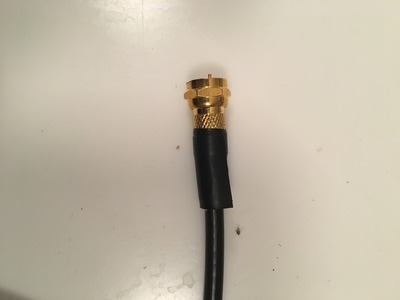
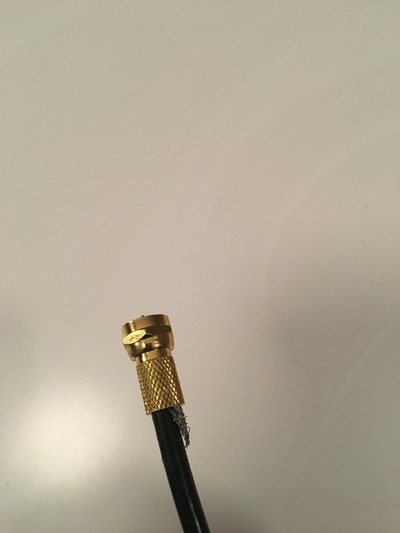
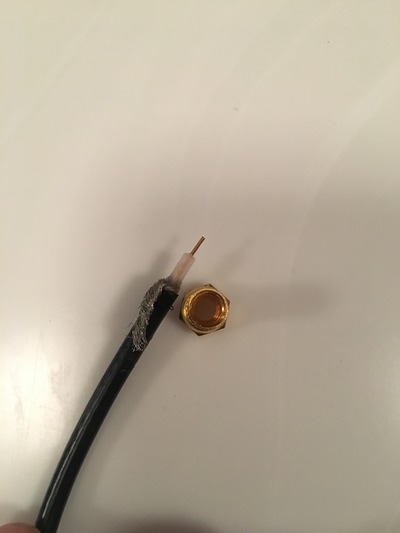
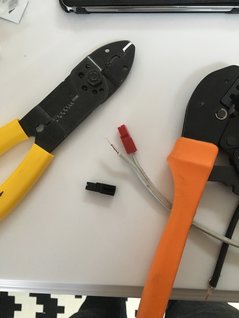

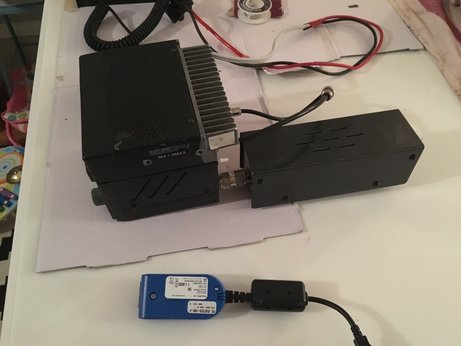
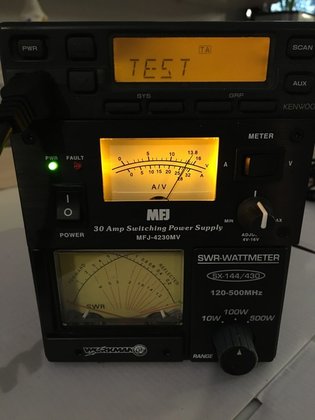
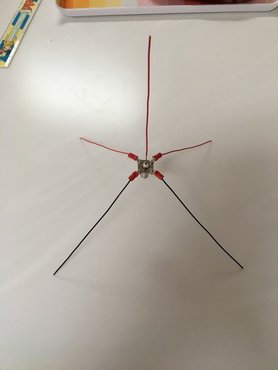
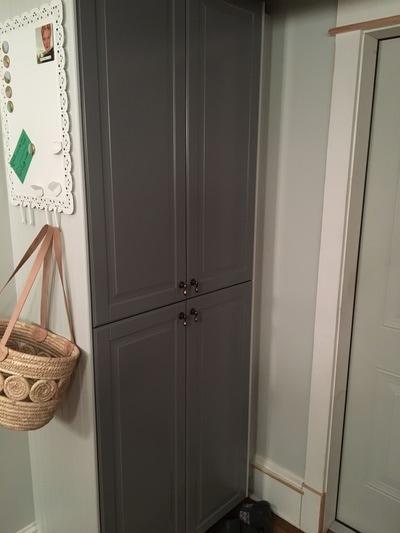
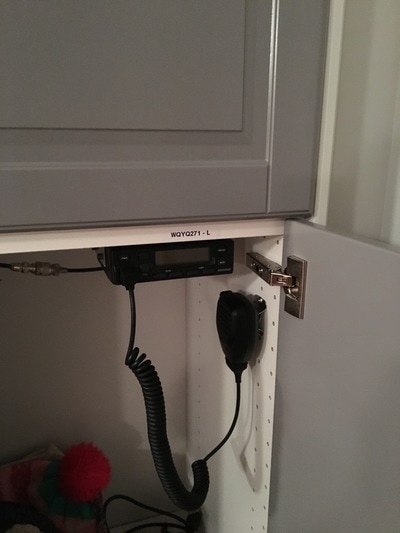
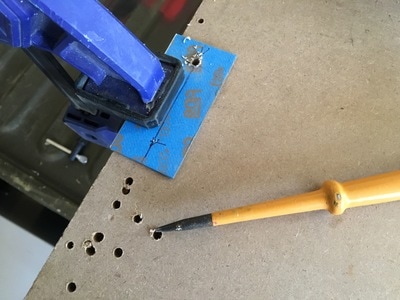
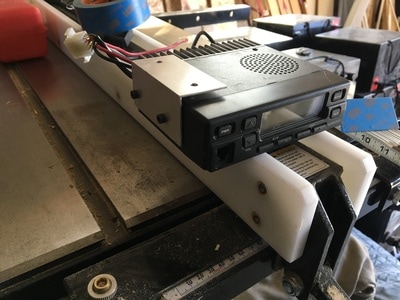
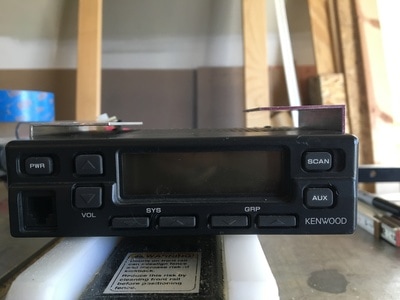
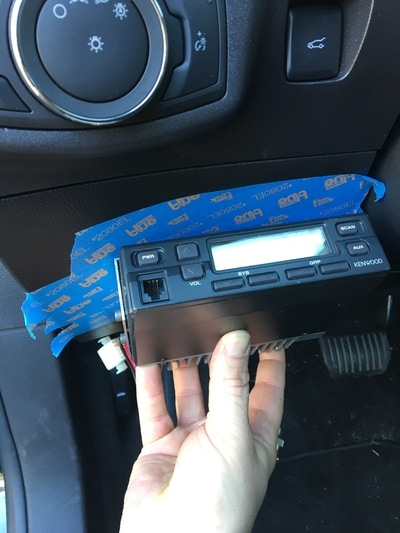
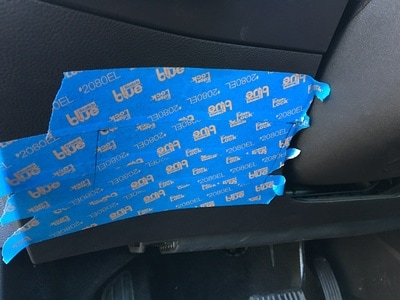
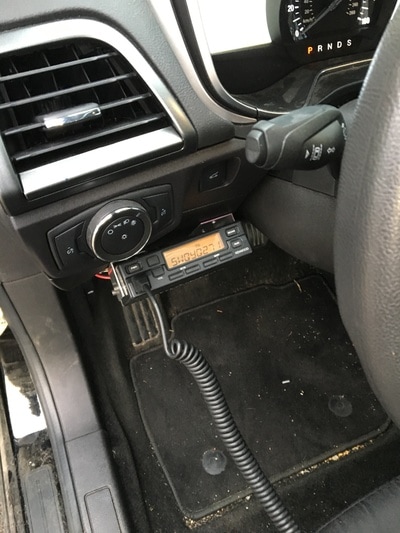
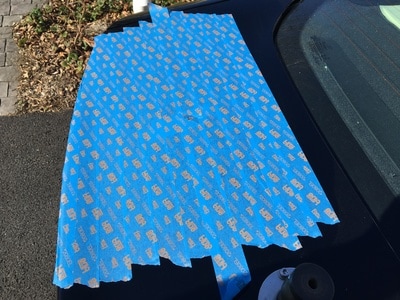
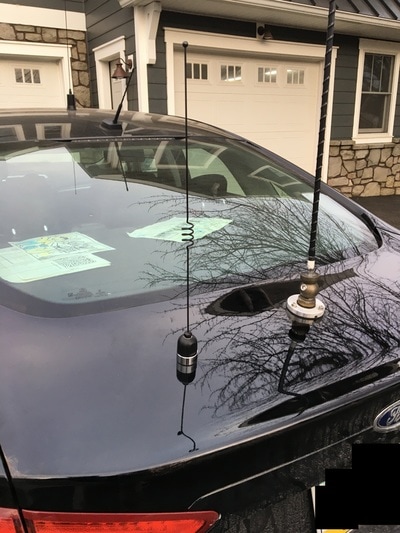
 RSS Feed
RSS Feed
